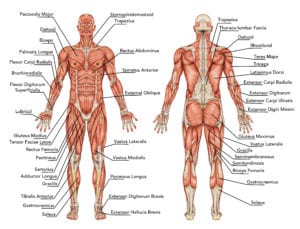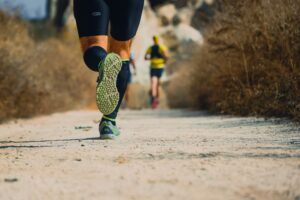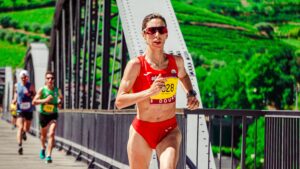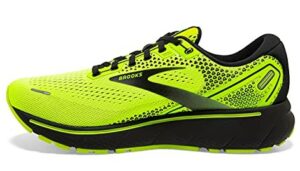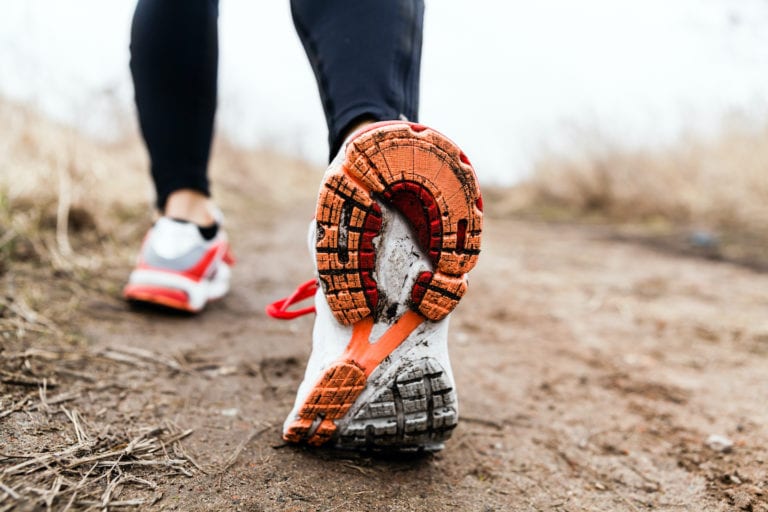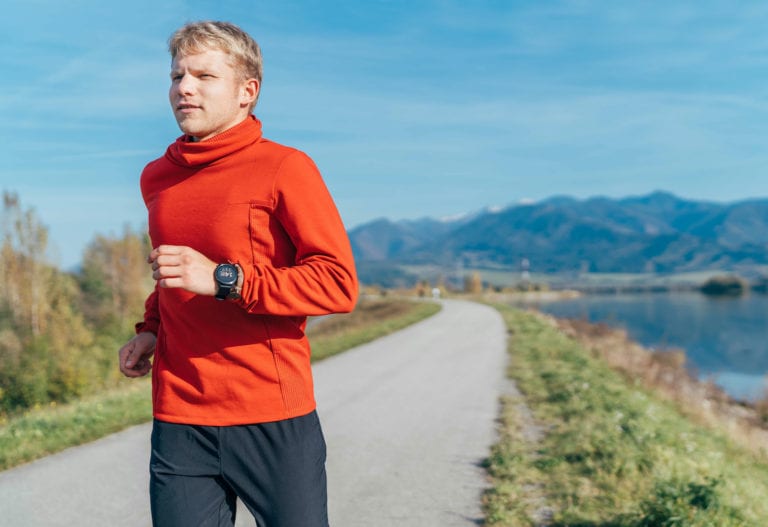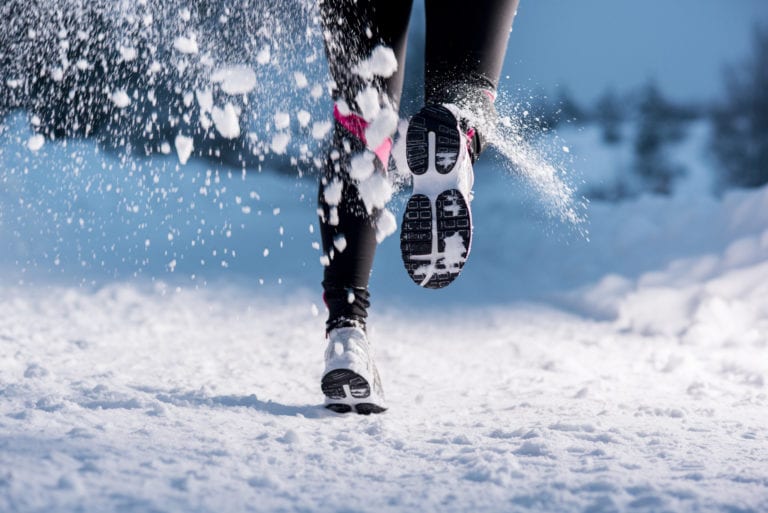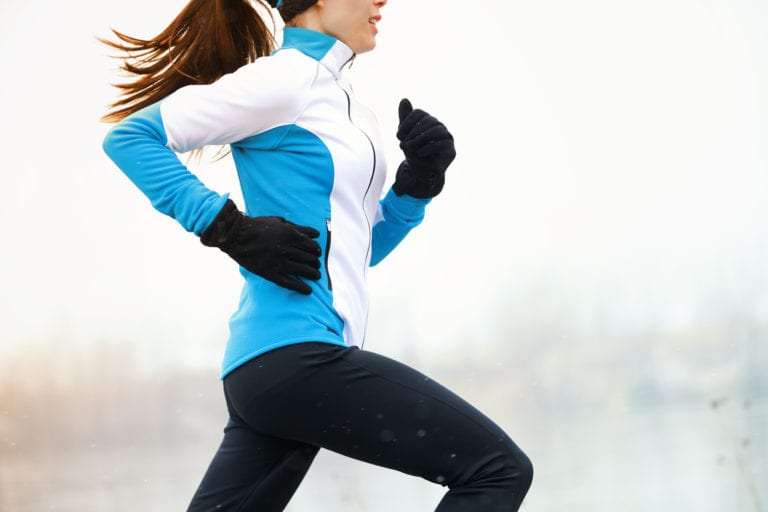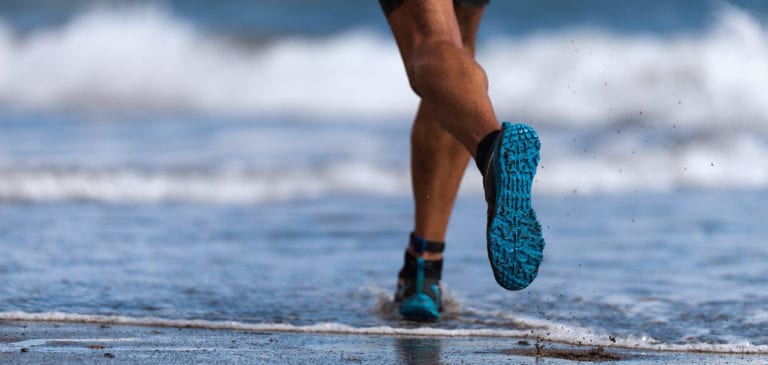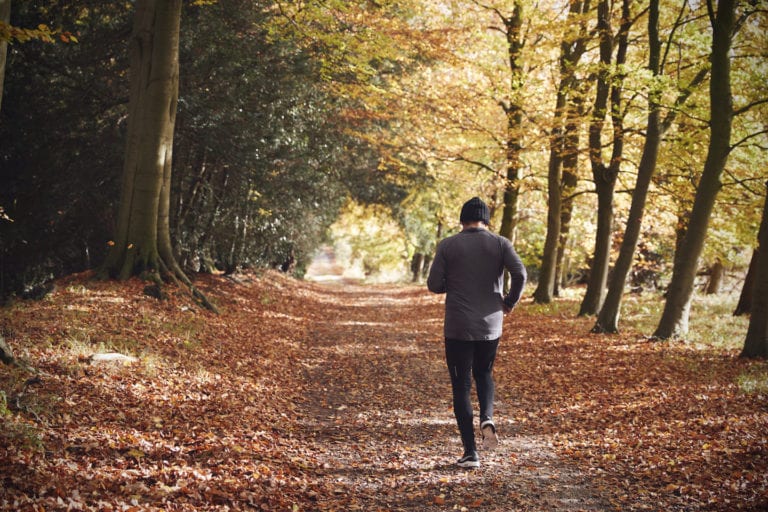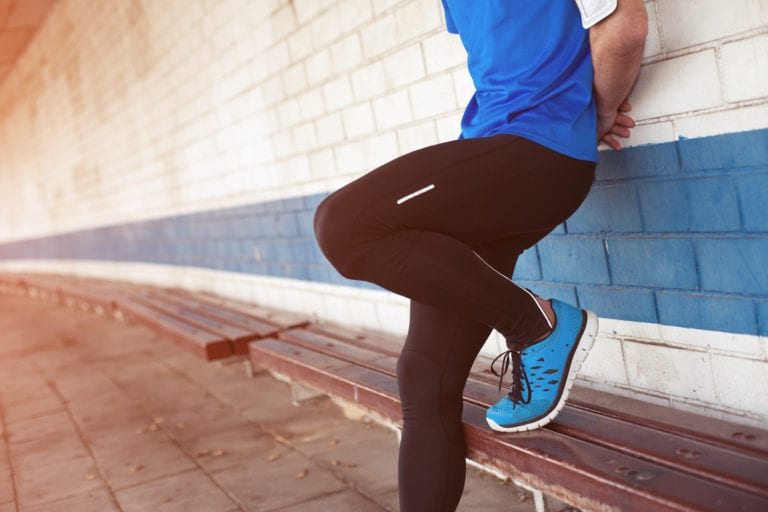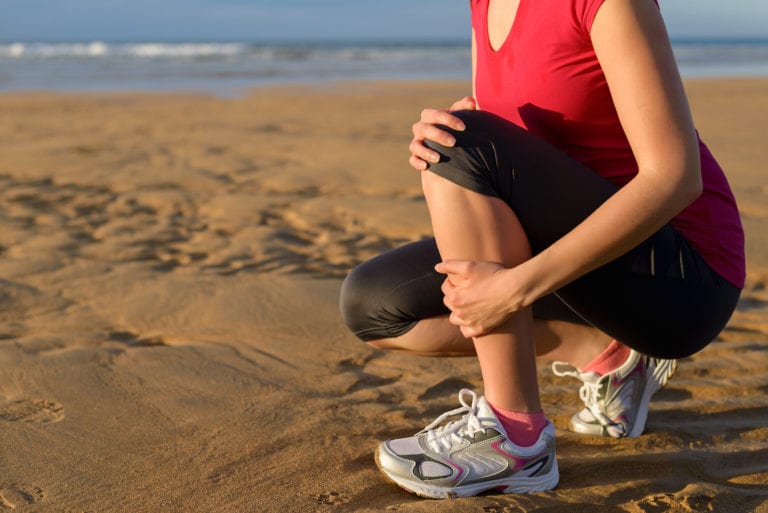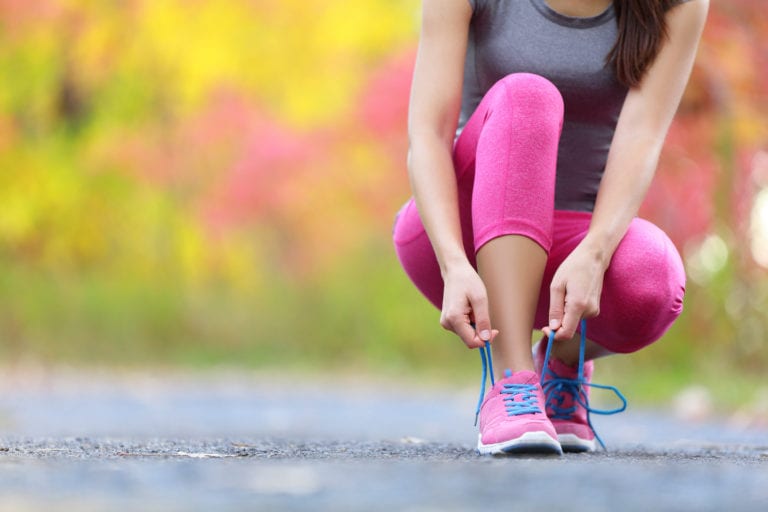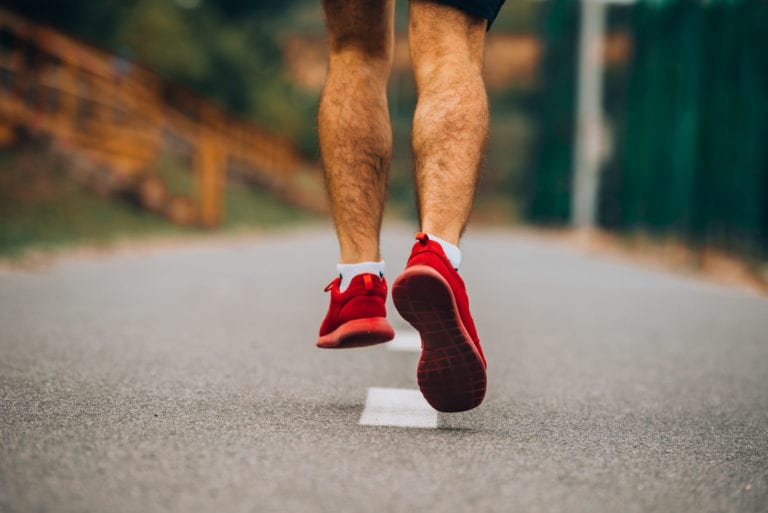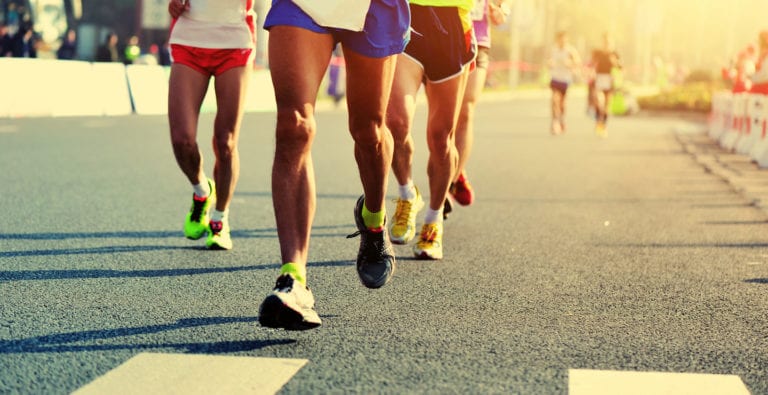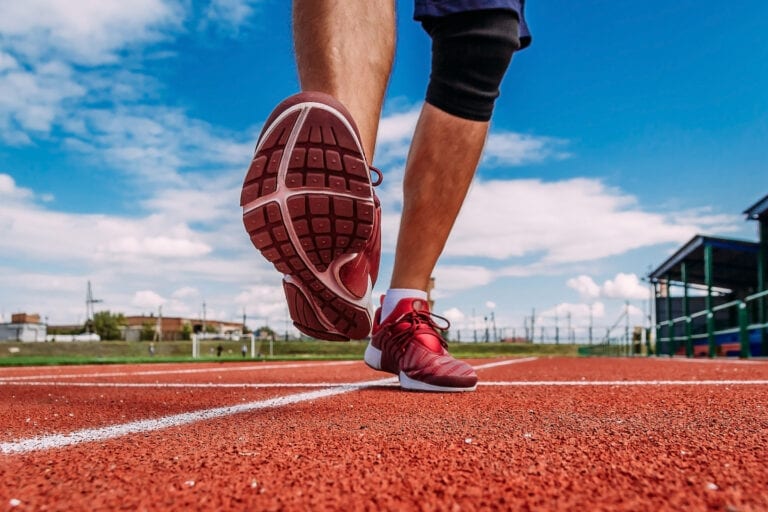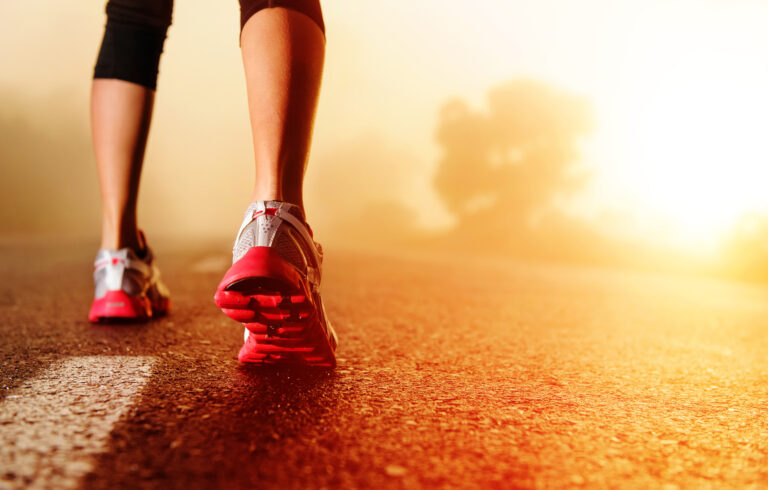As temperatures go up and summer races are just around the corner, runners need to start preparing to train and compete in hot weather. This can be a challenge, from regulating your body temperature, to preparing for the sun and heat, to knowing what to eat and drink to be able to enjoy your summer running.
What is heat training for runners and what do you need to know to stay safe and healthy as you run through the summer?
In this article, we’ll cover:
- The key things to know about training in the summer heat;
- How your training should adapt if you’re planning a hot race and live in a colder climate;
- How to adapt your running training to the seasons, and particularly to a hot climate.
What’s different about running in the heat?
When temperatures start to climb and you go out running on a hot summer day, you will notice that you sweat more, your heart rate will increase quicker, and you may find yourself exhausted sooner. This is because your body is working hard to cool you off, striving to bring your core temperature down and avoid a heat stroke.
At the same time, running in hot weather yields benefits for training. According to several studies, heat acclimation improves exercise performance. You can use heat training to prepare for racing at higher altitudes and you can even get yourself ready for hot weather running by including hot baths and sauna visits before the weather turns.
So, what’s different about running in the heat as opposed to cold temperatures? The additional stress that your body goes through because of the heat leads to adaptations in your cardiovascular system. Even though you might need to run slower to allow yourself to acclimatize, your heart rate will increase and you will benefit from the blood volume going through your system as a result. Of course, your rate of perceived exertion will also be higher in hot conditions.
Additionally, your sweat rate increases in hot temperatures. This can have some important implications. The added sweat leads to your blood volume decreasing; the body then produces more blood to make up for that. This is how, by the time the temperature decreases, you will have more blood for your working muscles and feel fitter and run faster.
Added sweating also leads to dehydration, however. The negative impact of dehydration on exercise performance has been documented, and it becomes hugely important once you start to prepare for endurance events. For long distance runners, losing salts through sweating can lead to cramping, which can even cause them to have to stop running altogether. This is where it becomes extremely important to have the right hydration strategy on race day, which you should practice in advance to ensure you have the right intake of electrolytes to replenish what you’re losing through sweat.
Overall, running in hot weather has its challenges, from the higher rate of perceived exhaustion to dehydration. Running in extreme heat will exacerbate these, as will running in humid condition where sweat rates could increase dramatically. At the same time, heat training helps increase blood volume and can be beneficial for runners. Next, we’ll look at how to prepare for hot weather running when you’re not naturally able to acclimatize, and then how you can adapt your running to hot weather conditions in general.
Training for hot weather races when you live somewhere cold
Hot weather races are difficult to prepare for when you’re not living somewhere warm already. Some challenges, like desert runs and endurance events in the extreme heat such as the famous Badwater 135, have been designed to test runners in hot conditions specifically. So, how can you prepare for these races if you’re training through the winter, recreating warm temperatures for your runs wherever you are?
Dress warmly
You can cheat the real cooler temps by layering up and running in warmer clothing than the weather would dictate. The best way to do this is to dress for 10 to 20 degrees warmer, and start out by doing an easy run in this attire. This will make your body react as if you were running in warmer weather, starting to increase sweat levels, raise heart rate and hopefully leasing to some early season heat acclimatization.
Train on treadmills
You can train indoors to make it feel like the temperature you’re preparing to run in on race day. If you have a treadmill at home, putting a heater in the room will allow you to set it to the ideal temperature you want to emulate. Start off by doing your easy runs in the heat, then slowly progress to maybe doing a hill simulation or interval training on the treadmill indoors (depending on what type of race and conditions you’re training for).
If your treadmill is in the gym, you will need to do your running dressed warmly, as you would outside. It might attract some strange looks, but if you’re running on a treadmill in the gym in winter, there will already be some heating on, and adding a few layers of clothing will give you some heat training benefits.
Hit the sauna
Sauna training protocols are very effective for altitude training and for heat training, too. Studies have shown that “sauna bathing” improves exercise performance in trained athletes who use it intermittently immediately after their workouts. This is because heat acclimation has been proven to improve your performance in normal temperature as well as in warmer weather.
You should head straight into the sauna after an easy run or a long run performed at low intensity, spending around 30 minutes ideally in the heat. Of course, this should also done gradually, so start off with maybe 5-10 minutes and increase slowly.
Hot baths
Finally, hot baths can also help with heat training instead of the sauna when you’re running in cooler temperatures. This may be a little more complicated to organize for optimal efficiency, because – as with the sauna – you should jump into a hot bath as soon as possible once you’ve finished your workout. So, if you have someone willing to run the bath for you in advance, then you can minimize the wait and your body won’t cool down too much before jumping in the bath.
Just like with the sauna, you should start with a shorter time period spent in the bath, immediately after a relaxed run performed at a slower pace (“easy run”). Increase the time and even temperature of the water gradually to get ready to face hotter conditions.
Adapting your training to hot temperatures
If you live in an area with hot summers and are concerned about the effect of the heat on the normal pace you run at, as well as about how to cope with hotter temperatures for training and racing, then there are a few key ways to adapt your training.
Here’s some advice on running in hotter conditions:
- Change your routine so you run earlier in the day, before the sun is at its hottest. You’ll have a cooler run and you’ll be able to avoid strong sunlight.
- Try to run off road as much as possible. Asphalt and concrete absorb the heat and radiate it back onto you, making it tougher to run. On trails, you’ll also get the benefit of possibly running a little slower, reducing your blood pressure / heart rate and therefore suffering less from your body over heating.
- Try to run at higher altitudes. If you live relatively close to higher ground, such as ski resorts, then heading to higher altitude will give you cooler temperatures for running.
- Focus on RPE (rate of perceived exertion). Instead of struggling to run at your usual goal pace in warmer temperatures, change your workouts so that you focus on the RPE. This is basically the same thing as running by feel and it’s a good way to switch up your training.
- Listen to advice. On days where the weather is expected to get above normal temperatures, avoid going out for a run. Try to run on a treadmill indoors instead, or do a different cross-training workout, such as swimming, which will still be beneficial for your athletic performance without exposing you to the hot environment.
- Hydrate appropriately. Ensure you start your runs well hydrated and that you increase your intake on hot days. It’s also a good idea to have a water bottle or hydration system with you on longer runs, but only if you are planning to be out for over 1.5-2 hours.
- Additionally, for those heading out into the wilderness for longer, more remote running, plan where your water stops are likely to be. For example, you can plan a route that goes past clean mountain rivers, or through towns where you can buy more water or other drinks during your run.
- Wear lighter colors. Darker clothing tends to attract the sun so it’s better to wear brighter colored items on your summer runs. Have a look at the best moisture wicking materials as well, since hot weather specific running kit will help keep your core body temperature lower, too.
Summer weather and running: Staying hydrated and adapting to the conditions
To make the most of running in summer and to prepare for hot weather running, early and gradual action will help you get the heat adaptations that ensure you are comfortable and continue to enjoy your runs. You can train for the heat without living somewhere warm, through using warmer clothing and a sauna and/or hot bath protocol immediately after your workouts for a few weeks ahead of your goal race.
If you simply want to be more comfortable in the heat, there are lots of ways to avoid the summer heat. However, if you want to enjoy the benefits of heat training, these can lead to increased performance and better race results, whether you need to be ready to run in the heat or not. Simply ensure that you follow heat training advice, incrementally increase your heat exposure, and be ready to ace your next hot-weather (or high-altitude) ru

